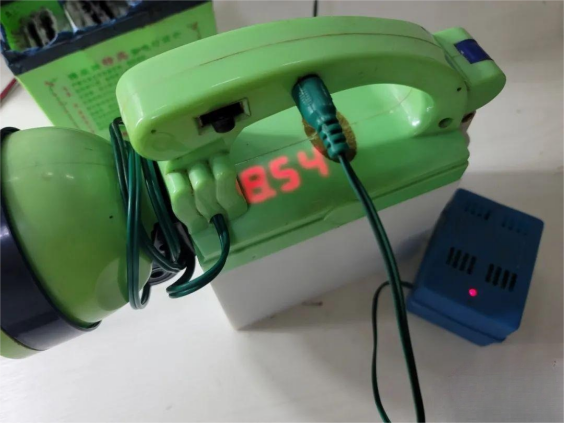
Long time ago, before streetlights became common in rural areas, people had to bring a flashlight when going out at night. For example, an iron flashlight with large batteries: with just one battery, it emitted only a dim light, but with two batteries, it was much brighter. A more advanced option was a rechargeable light, which was much brighter than the iron flashlight.

The light shown in the picture is a FUAIPAI lamp. When plugged in and turned on, the light illuminated. However, after many years, the lead-acid battery had dried up and could no longer hold a charge. Additionally, the plastic casing had aged and became brittle with just a slight pry.
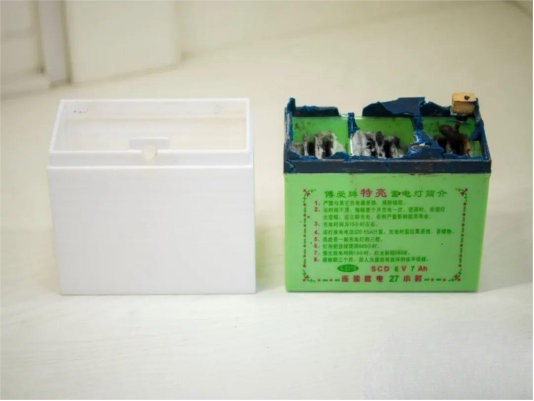
To restore the lamp, a new battery case had to be made. After measuring, it was determined that six groups of three parallel battery slots could fit inside. This setup allowed for 18 batteries. Old 18650 batteries were reused for this purpose. Using CAD, a 3D model of the new casing was designed, and a 3D printer gradually completed it.
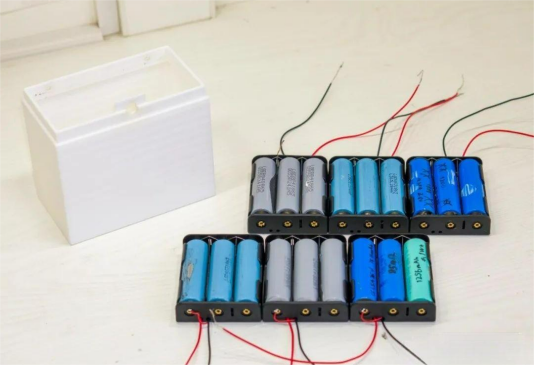
If all the batteries were connected in parallel, they would produce only 34.2V, which is lower than the original 46V lead-acid battery, making the light dim. But if connected in two series, the bulb would burn out as soon as it was turned on.
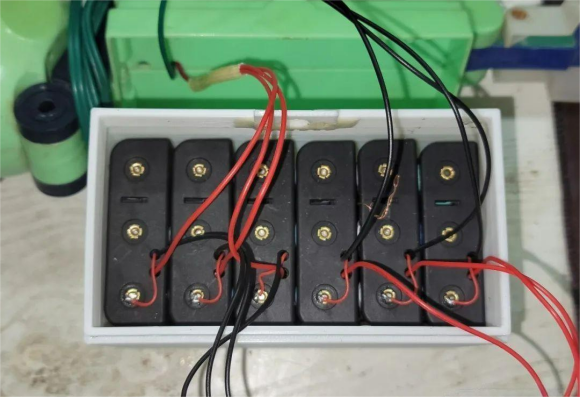
Therefore, the bulb had to be replaced with higher voltage and power bulbs, such as 8V 8W bulbs, to make it brighter.
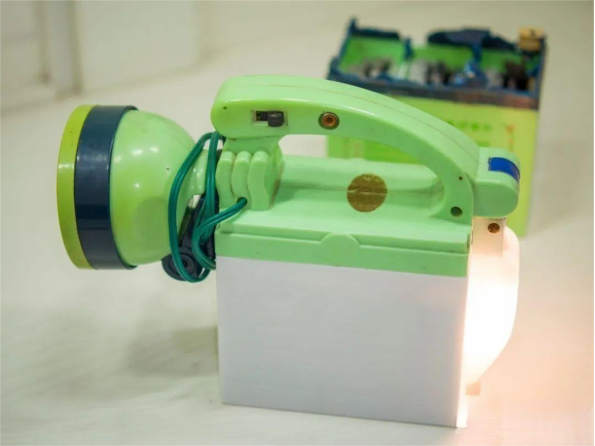
With the spotlight on, it could illuminate up to a hundred meters without any problem.
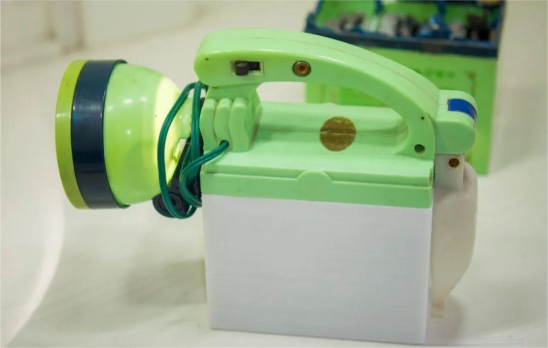
The original charger was just a low-frequency transformer. Although its peak output was over 12V, it dropped instantly under load. It could barely charge this set of batteries.
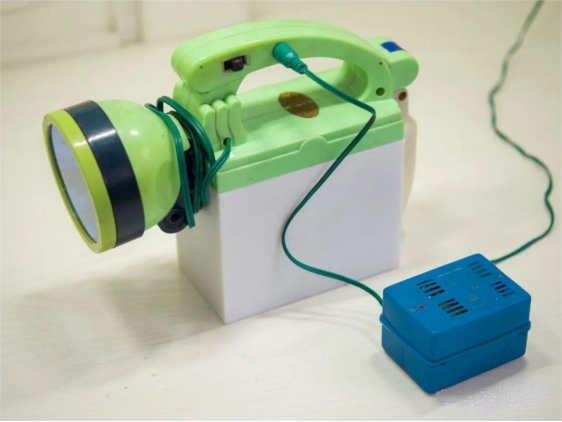
To monitor the battery's remaining power, a voltmeter was embedded at the bottom of the handle. This way, the voltage was displayed clearly when the light was on or charging.

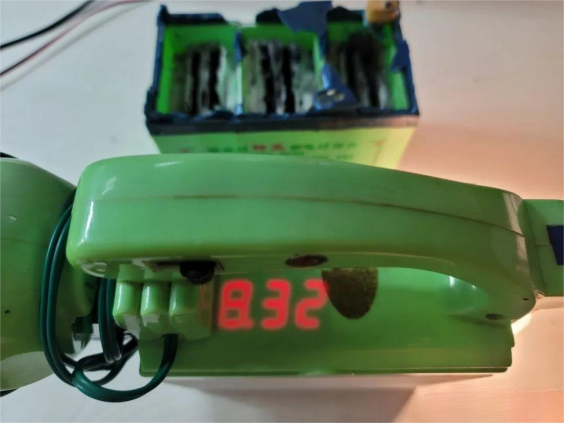
And just like that, this old lamp was brought back to life.
